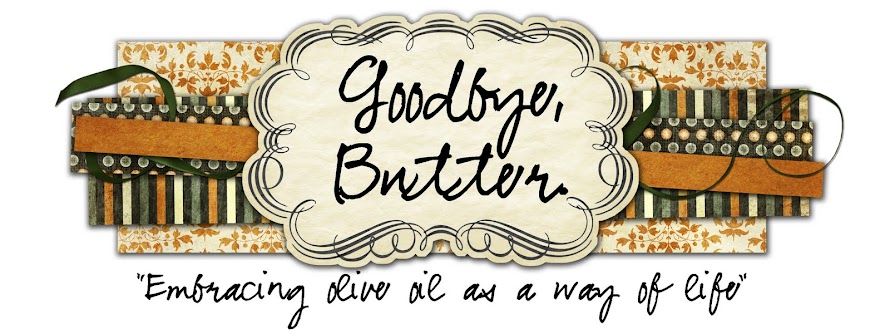Today was the day I discovered my dislike of the smell and taste of cooked kale. But more on that later. First, roast fish, which is always delicious.
The main vegetables in this dish -- fennel, potatoes, and carrots -- are prepared first. Peel and chop the carrots and potatoes (the recipe actually calls for fingerling or new potatoes, but I only had regular ones, so I prepared them in the same way) and put them in boiling water for about 5 minutes, just until they're starting to soften. Drain the veggies and place them in a bowl along with quartered fennel bulbs, garlic, lemon juice, and olive oil.
Mix everything together and pour the ingredients out on a baking pan to roast for about 40 minutes.
Chop the green fennel tops along with rosemary to create a topping for the fish. Rub the salmon steaks down with olive oil and season generously with salt and pepper. Top the fish with the chopped herbs and lemon zest and place it on top of the already roasted vegetables.
Put the dish back into the oven until the salmon is cooked. The recipe quoted 10-15 minutes, but mine took closer to 30 for it to be cooked thoroughly.
Then serve!
This was quite lovely. I liked the flavors that the rosemary and fennel added, and the vegetables were delicious. The addition of the thinly sliced lemons to the roasted vegetables added a subtle citrus flavor, and the juices of the cooked salmon soaked in as well. Very, very nice.
Which was good, because I hated the side dish I made with this.
My CSA box came with chestnuts this week, and I knew I had seen a chestnut recipe somewhere in my cookbook. Sure enough, I found a recipe for Cavolo Nero, which is basically a very dark green kale. So while perhaps not the best pairing with my fish and vegetable dish,
Braised Cavolo Nero with Chestnuts it was.
I roasted the chestnuts an evening in advance -- cut an X through the thick skin of each nut and place them on a cookie sheet to roast for about 15 minutes. It's incredibly difficult to cut through the husks of the shells, and some of them I had to just toss rather than kill myself trying to cut through.
When the chestnuts come out, the flesh of the nut should have puffed up through the X making it easier to pull the shell and skin away from the nut.
In a pan, saute onion in olive oil for about 10 minutes and then add chopped pancetta (it actually calls for bacon, but I had leftover pancetta from another recipe) and continue cooking until it has released its fatty juices. Add the peeled chestnuts in and coat them with the mixture. Pour in chicken stock and continue cooking for about half an hour.
Remove the hard stems from the kale and sliver and clean the leaves. Cook this in the water clinging to the leaves, occasionally adding a little more water as necessary.
Once the kale is very tender (after maybe about 20 minutes), combine it with the chestnut mixture and flavor with salt and pepper.
I hated this. It tasted and smelled like cabbage and even the yummy chestnuts and pancetta couldn't redeem it. Epic fail.
salmon -- $10.33
fennel -- $2.48
carrots -- $1.29 (half left)
lemon -- $.89
potatoes -- $3.14 (CSA price)
Total Cost of Roast Fish with Fennel, Potatoes, and Carrots: $18.33
kale -- $1.99
onion -- $1.37 (half left)
chestnuts -- $3.14 (CSA price)
Total Cost of Braised Cavolo Nero with Chestnuts: $6.50








